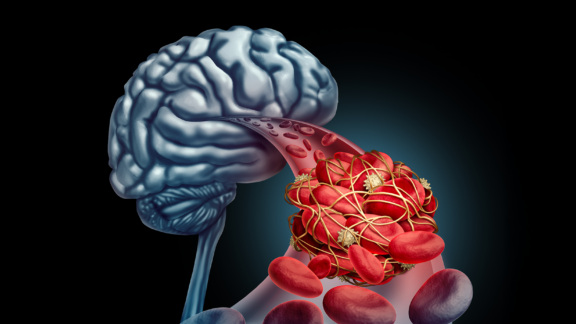To diagnose obesity, clinicians and researchers estimate body fat using a series of indicators. The most common metric is body mass index (BMI) – a ratio of a person’s weight to their height. Waist circumference and waist-hip ratio are similarly accessible. One of the main issues with BMI is that it does not take into account the person’s body fat versus muscle content. A more sophisticated metric, body fat percentage, reports on the distribution of adipose tissue and is calculated from the resistance of an electrical field passing through the body.
Unfortunately, these standard indicators struggle to accurately classify individuals by obesity status. Turns out that molecular measures of metabolism – for example, of cholesterol in the plasma – may classify obesity status more accurately than standard indicators.
Read more about indicators of metabolic obesity here:
#lipid #lipidomics #LipidMetabolism #obesity #lipotype #lipidome #research




